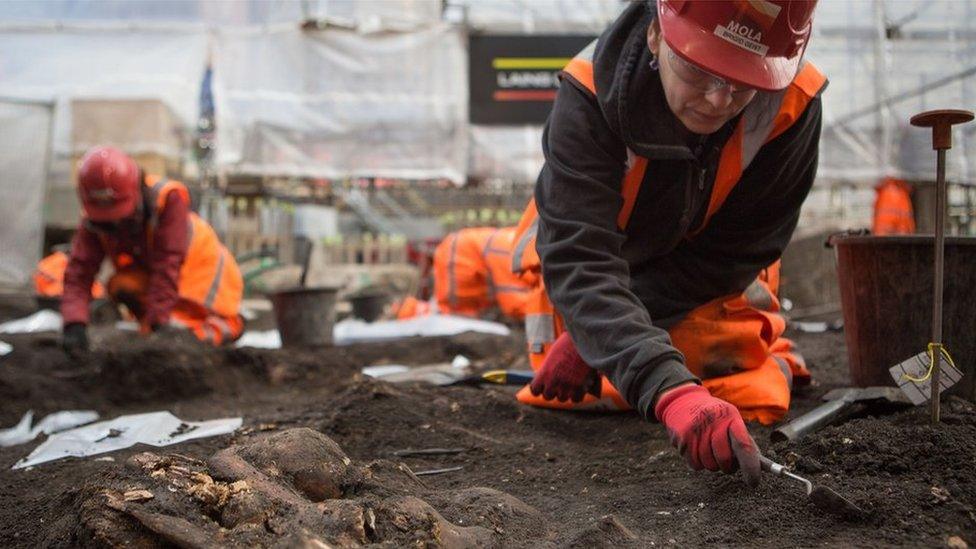Elizabeth Line: Nine facts about the new London line
- Published
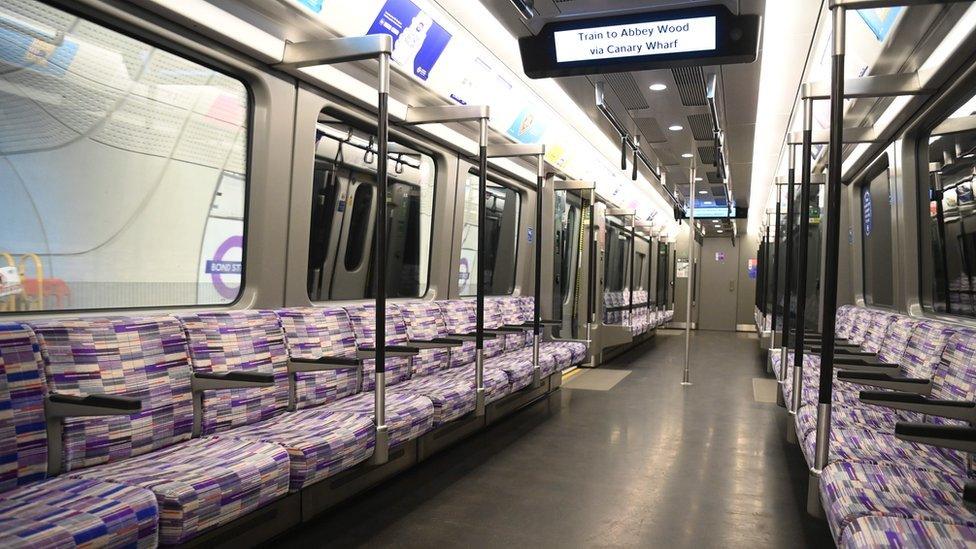
The Elizabeth Line is 73-miles (118km) long. It runs from Essex in the east to Berkshire in the west, cutting underground through central London.

Throughout most of its construction it was known as Crossrail but was renamed Elizabeth Line in 2016 after Queen Elizabeth II. The line was nearly named the Churchill Line, after the wartime Prime Minister Winston Churchill, but Prime Minister Boris Johnson preferred it to be named after the Queen.
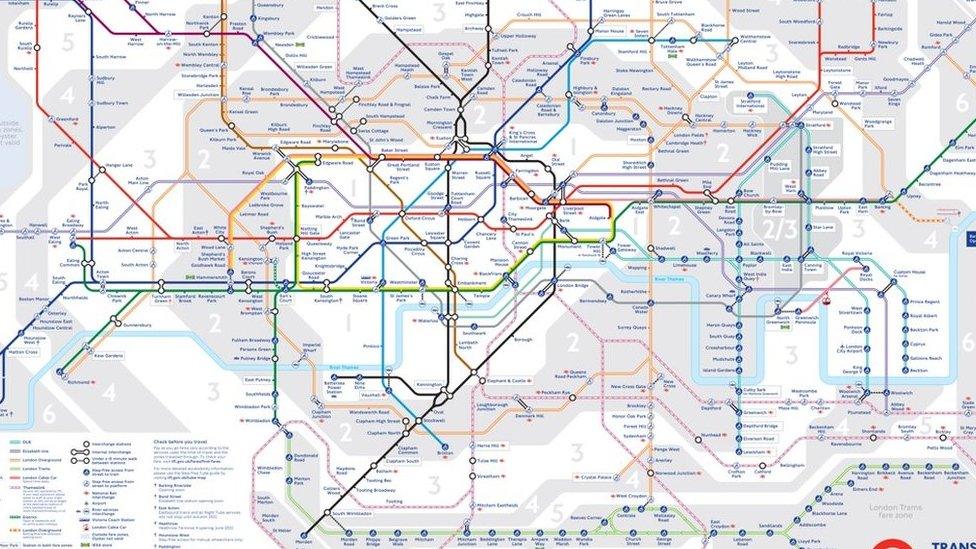
Although the Elizabeth Line is now on London's famous tube map, Transport for London (TFL) says it isn't a Tube line because it uses the National rail network and because its trains are much bigger.
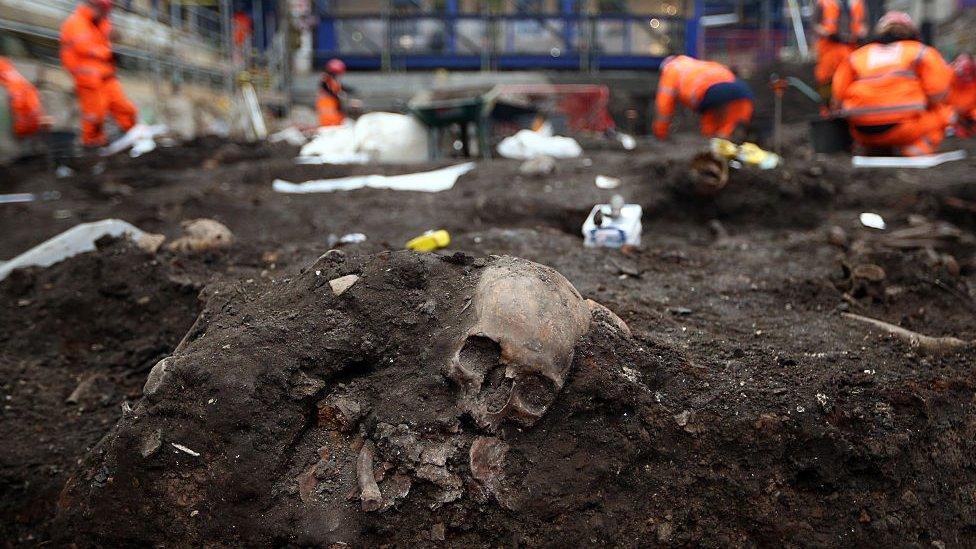
During work on the line, a team of archaeologists excavated around 3,000 human skeletons from a burial site at Liverpool Street in 2015. The people buried at Bedlam burial ground from 1569 to at least 1738 would have included victims of the plague.

Queen Elizabeth unveiled a plaque to officially open the line named after her on 17 May just weeks before her Platinum Jubilee celebrations.
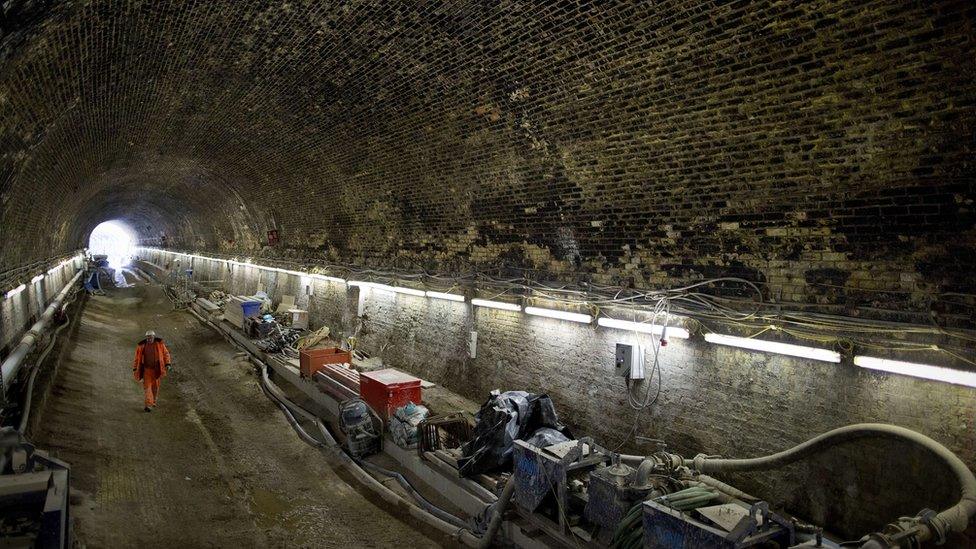
Construction on the Elizabeth Line - then called Crossrail - began in 2009. As well as new tunnels, old tunnels were reused like the 550-metre Connaught tunnel - a disused rail tunnel in Docklands that was built in 1878 - which was strengthened and widened for the Elizabeth Line.
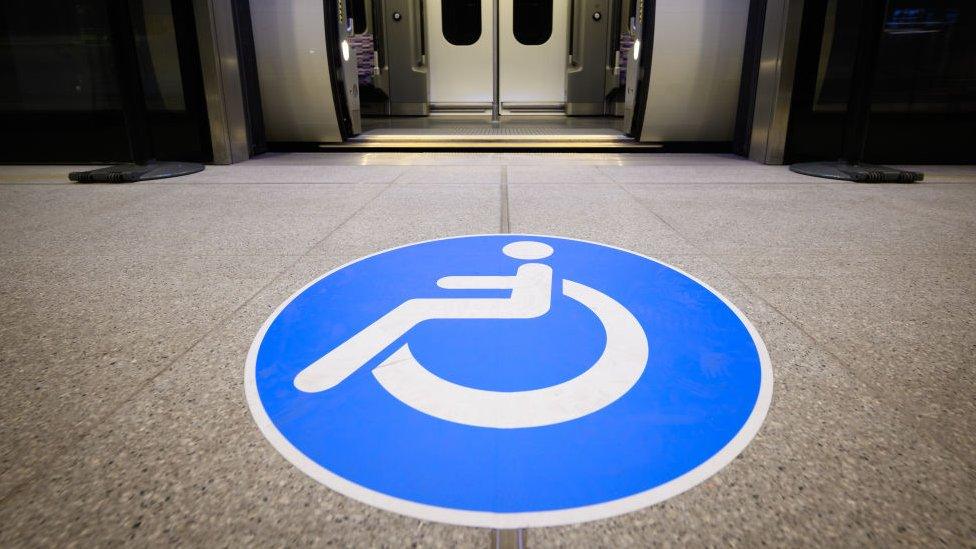
Disability campaigners lobbied hard for all 41 stations on the line to have step-free access. Now all Elizabeth Line stations will be accessible (Ilford is due to be made accessible by the summer) with some degree of step-free access to platform, whether with boarding or with a ramp.

The Elizabeth Line has purple branding. Although this is a colour associated with the Royal family, TFL say this a coincidence and the colour was chosen because it was distinctive from London Underground red and London Overground orange making it easily identifiable for passengers.
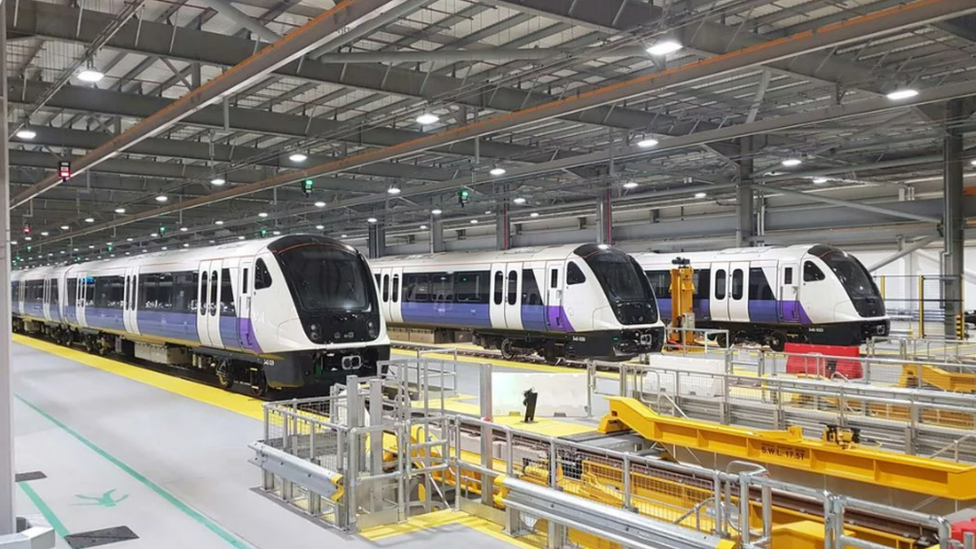
There's a new depot at Old Oak Common which houses and maintains 42 of the Elizabeth Line’s 70 new trains at a time. The building incorporates heating and cooling from ground sources, with solar panels and rainwater harvesting to wash trains. An automatic system scans trains as they enter, reducing the overall time needed for maintenance.
- Published18 May 2022

- Published12 March 2015

- Published10 March 2015
